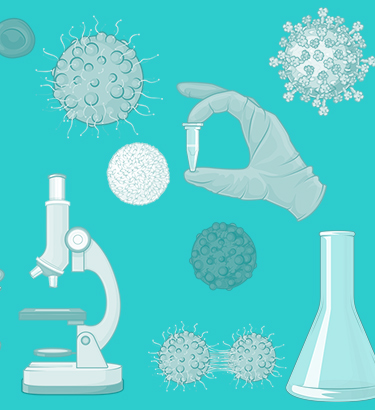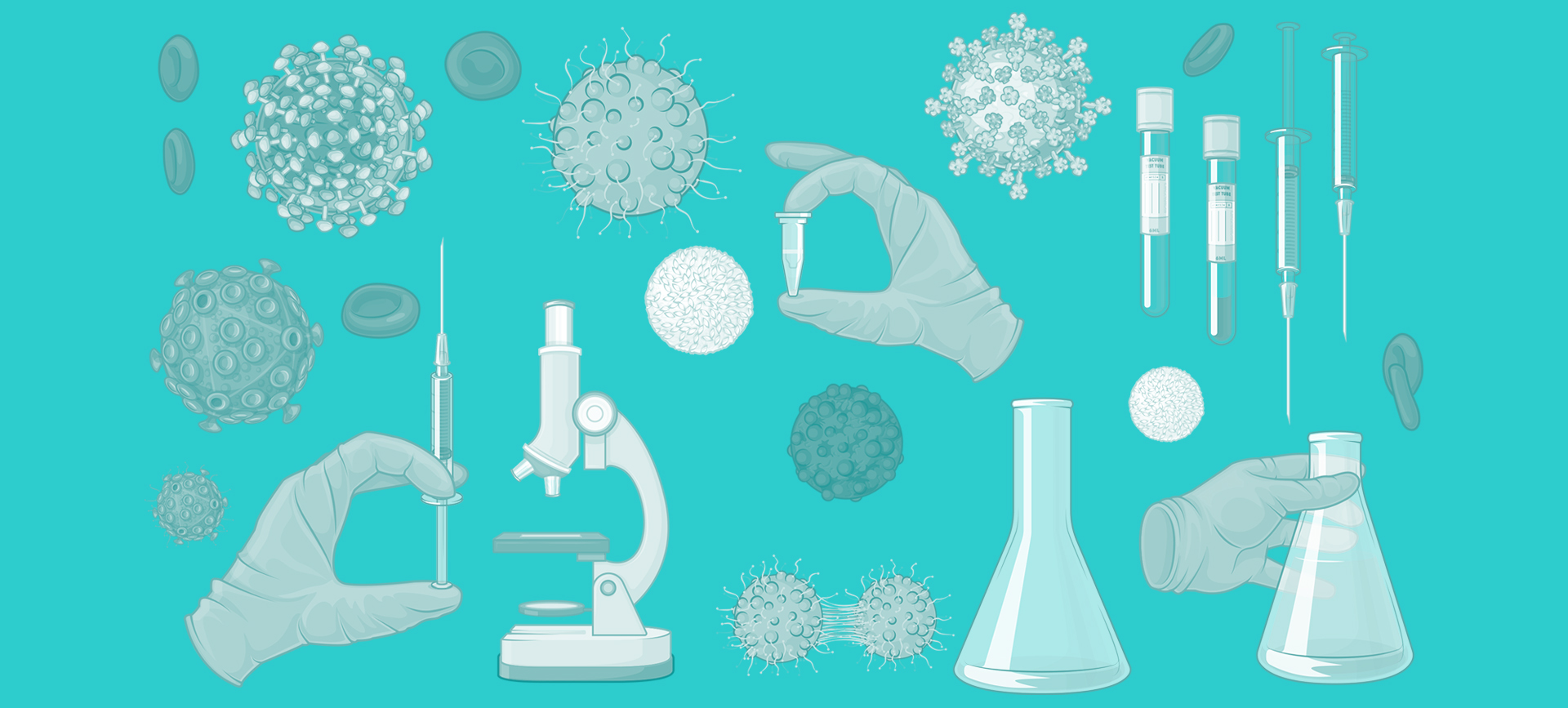Ovarian cancer is the sixth most common cancer in women and causes approximately 152,000 deaths every year worldwide. Unfortunately, it is often not found until the later stages, and the overall five-year survival rate is around 40 percent. This percentage increases when ovarian cancer is discovered in stages I or II.
Earlier detection is constantly at the forefront of ovarian cancer research, and biomarkers can be helpful in detection.
In 1965, scientists introduced the first serum biomarker for epithelial ovarian cancer, which was a significant milestone. However, biomarkers in ovarian cancer have not progressed as much as those in some other cancers, and early identification remains a significant challenge.
"Accurate biomarkers for screening or detection of the most common epithelial type of ovarian cancer are lacking," said Steven Vasilev, M.D., a board-certified integrative gynecologic oncologist and medical director of this field at Providence Saint John's Health Center, and a professor at Saint John's Cancer Institute in Santa Monica, California.
"This is unfortunate because 75 percent of all ovarian cancers are diagnosed in late stages, when cure is possible in less than half the cases," he added.











